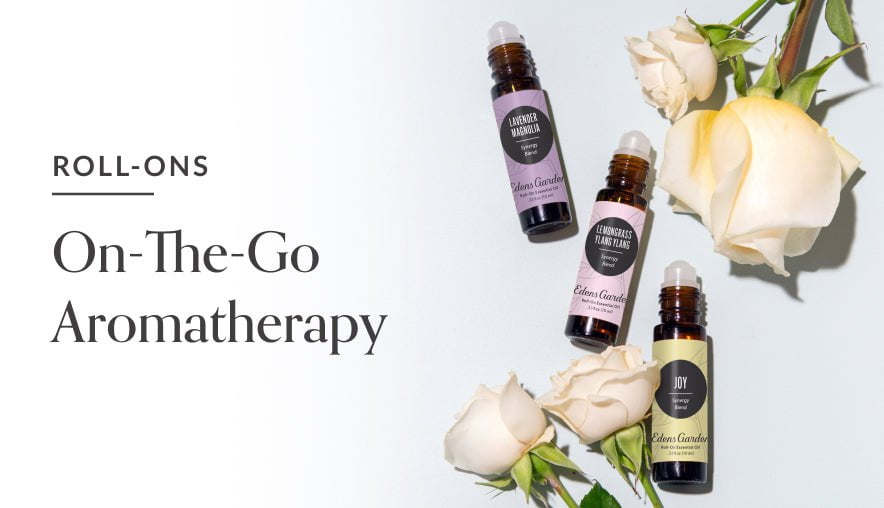What Are the Differences Between Perfume and Parfum?

Tomayto, tomahto. Potayto, potahto. Parfum, perfume.
Ah-ah, not so fast. Before we call the whole thing off, let’s take a closer look at that last one, shall we? Some words are interchangeable, but others are very different despite looking or sounding similar. We understand that “parfum” and “perfume” can be confusing, but we promise there is a difference.
So, what is a perfume?
Before diving into the nuances of fragrances, aromas and more, it’s important that we understand that it’s the concentration of oil that distinguishes each category of fragrance, not the fragrance itself. So, when we talk about true perfume, we are talking about a product that has a concentration between 20 and 30 percent. This makes perfume potent and noticeable all day.
Okay, so what’s a parfum?
Parfum, or an eau de parfum (aka EDP), is the second-highest concentration of perfume oils, resting somewhere between 15 and 20 percent. These fragrances are meant to last all day without being overpowering. As the New York Times pointed out, “[EPDs shouldn’t be] giving the person in the cubicle next to you a headache.” EDPs are the most common fragrance category on the market and are generally how new products are introduced to buyers. To put it in perspective, many of the perfumes you find at your local department store are eau de parfums.
And an eau de toilette?
This brings us to our third category of fragrance, eau de toilettes (aka EDTs). These fragrances have a lower concentration of perfume oils, usually between 5 and 15 percent. This category of fragrance wears lighter on the skin, not necessarily lasting until the end of the evening (if you applied it that morning, of course). This may be the reason many people choose EDTs as their ideal daytime companion. Like all things related to fragrance and fashion, this is entirely subjective. Opt for what makes the most sense for you and your day-to-day routine. Prepare for an EDT to last between three and five hours.
As a side note, many fragrances are initially released as EDPs before being sold as lighter EDTs, though they do not always share the same aromatic notes as their parfum counterparts. It’s common that some of the heavier notes — like patchouli and woods — are lost in the transition, being replaced by citrus and florals to boost the effervescence of the fragrance. While EDTs can fade in strength, their aromatic notes are often revitalized when coming in contact with moisture. It’s like they say: when the skin is dry, the scent flies. An apt analogy would be smelling the scent of your shampoo when you walk out into the rain.
Okay, okay, but what’s an eau de cologne?
If you happen to come across something called an “eau de cologne,” don’t feel overwhelmed. Basically, this category of fragrance is a less-expensive, less-concentrated version of parfum. This is due to their concentration, which is between 3 and 8 percent. You can expect these fragrances to last roughly two hours before reapplication is needed.
So does EG sell parfums or perfumes?
Our natural perfume line is 20 percent concentration of essential oils, which classifies them as a true perfume/parfum. These compelling aromas can last up to 12 hours. Each of our parfums is toxin-free and made entirely from pure essential oils. In addition to helping you smell your best, you also enjoy the benefits of aromatherapy.
Tell us some your favorite EG perfume aromas in the comment below!










Leave a comment (Comments will be approved before showing up)